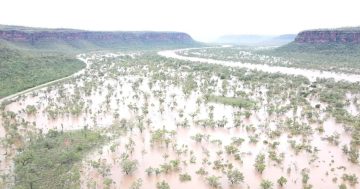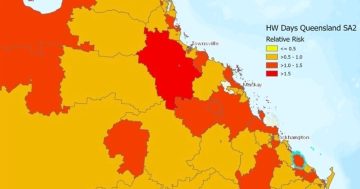 The Australian Prudential Regulation Authority (APRA) has released an information paper outlining the purpose, design and scope of the Climate Vulnerability Assessment (CVA) that is underway with the country’s largest five banks.
The Australian Prudential Regulation Authority (APRA) has released an information paper outlining the purpose, design and scope of the Climate Vulnerability Assessment (CVA) that is underway with the country’s largest five banks.
Chair of APRA, Wayne Byres said the CVA formed a core part of the Authority’s efforts to help its regulated entities understand and manage the financial risks associated with climate change.
“The CVA will measure the impact on individual institutions and the financial system of two different plausible future scenarios for how climate change, and the global response to it, may unfold,” Mr Byres said.
“This analysis will provide insights into the potential financial exposure of institutions, the financial system and economy to the physical and transition risks of climate change,” he said.
Mr Byres said that one of the two future scenarios being tested explored higher transition risks due to delayed or divergent emissions reduction pathways across countries and sectors.
The APRA Chair said the second scenario assumed limited further action on climate change globally, which resulted in more severe physical risks.
He said ANZ, Commonwealth Bank, Macquarie Bank, National Australia Bank and Westpac were participating in the CVA program.
“APRA began the CVA program in the banking sector due to its centrality to the Australian financial system, as well as the potential impacts associated with climate risk across the portfolios, from household mortgages to business exposures,” he said.
Mr Byres said the banks were due to submit their first CVA analysis towards the end of the year and the publication of aggregated results and findings were expected early next year.
APRA’s 25-page CVA Information Paper can be accessed at this PS News link.










